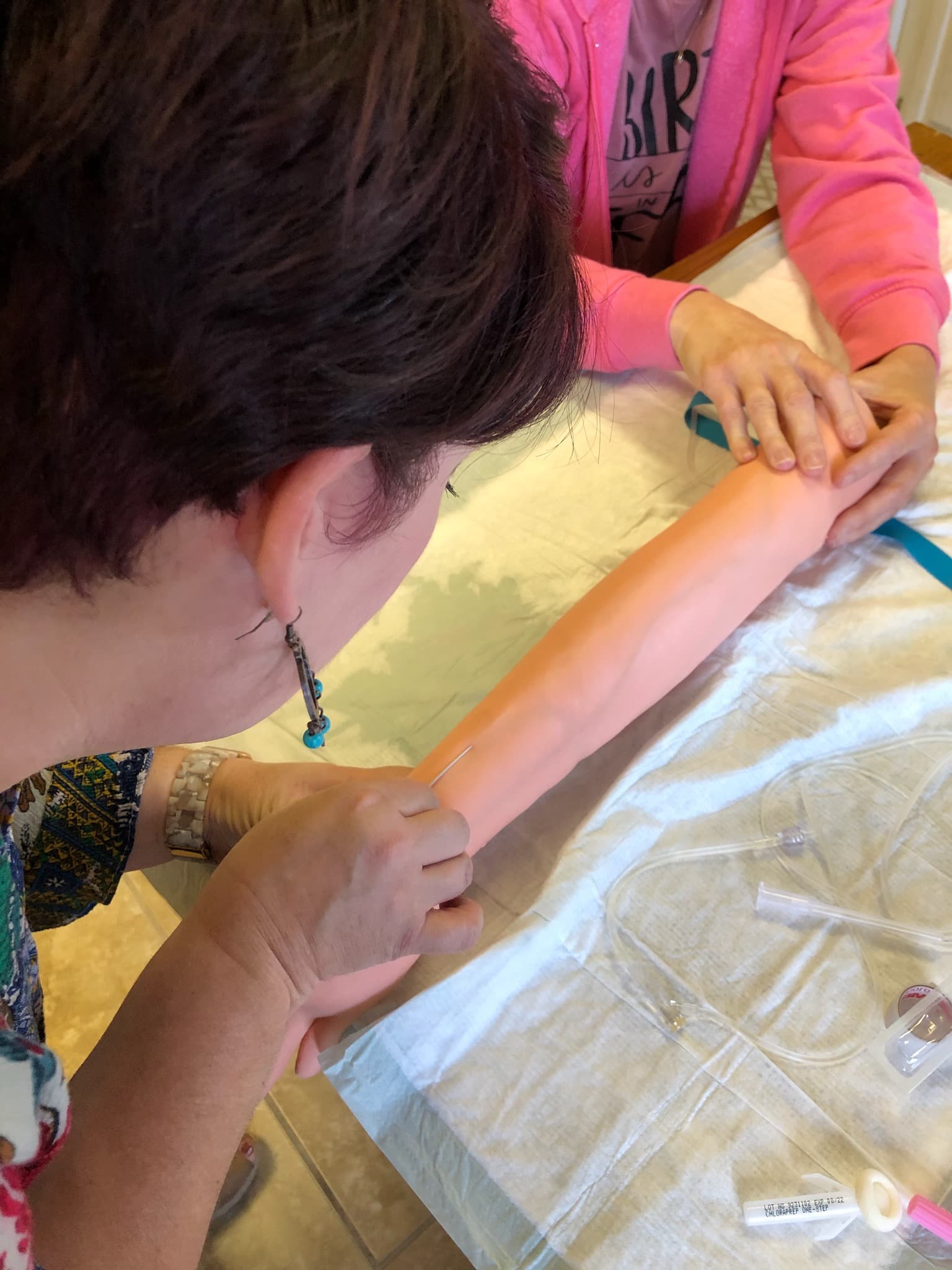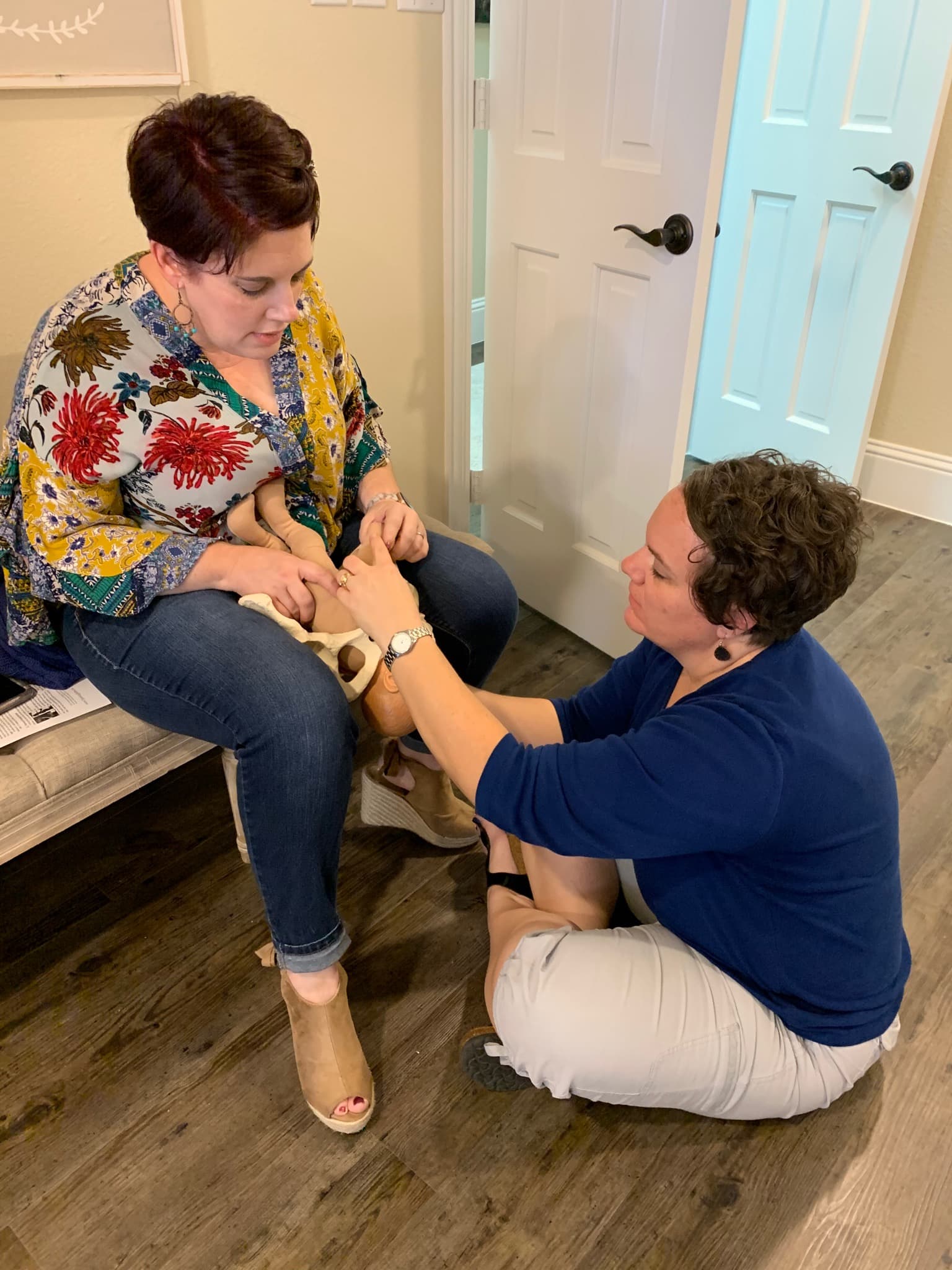Everyone’s number one question when considering community based birth (the new term for out of hospital birth) is “what about emergencies?”
This is a valid question (frequently asked by protective partners) and one of my favorites to answer. The safety of community birth is a different blog post altogether, but its worth mentioning that how our culture views labor and delivery is mostly built by television births. Babies rarely come as fast as they do on the big screen and labor is mostly more on the long and boring side.
Emergencies are rare when labor starts on its own in low-risk pregnancies and isn’t augmented (added to) with contraction intensifying drugs like Pitocin. There are usually yellow flags alerting us to a mom or baby that’s starting to ask for help before a true emergency arises. Midwives are trained to watch for those flags and make adjustments, including transport to a hospital before those flags turn red and urgent.
However, there are a few situations that are harder to predict and could happen in any birth location (though not as often in the community setting-again, that’s another post). These are:
- shoulder dystocia (the head is born but shoulders are stuck)
- a postpartum hemorrhage
- a baby that needs some help getting started on breathing
Sometimes these happen together- a stuck baby needs some breaths, for instance. Midwives don’t have a whole team of staff waiting in the wings at the nurse’s station, so the midwife(s) and birth assistants must be ready to handle these on their own.
It might be easy to keep muscle memory strong working in a large hospital that sees a lot of high-risk moms and babies, but our clients are low risk and therefore experience emergencies much less often. Here are a few of the ways we prepare for unexpected situations:
- Wichita Falls Birth and Wellness Center has invested in a “CPR baby” for practice as well as a practice arm for starting IVs fast
- We perform quarterly drills as a team, focusing on 1-2 topics each session, in addition to rehearsing bad weather and loss of power scenarios
- Several staff members frequently gather outside of work to hone their skills even more
- We voluntarily take additional classes in emergency topics
- Our staffing usually includes at three team members: One midwife and two birth assistants or two midwives and one birth assistant
- Emergency equipment is tucked away in the birth suites-this includes the same hemorrhage medications the hospital has, ventilation bags, oxygen, and emergency IVs


At Wichita Falls Birth & Wellness Center, we take your safety seriously. Not only are you and your baby precious to us but we have a community reputation to uphold. Having safe options is important for every family, regardless of the chosen place of birth or provider. We are honored to be
prepared for every family under our care.


I can attest to the competency and preparedness of the Wichita Falls Birth and Wellness Center. I had a postpartum hemorrhage that was handled with calm efficiency. Knowing what I know in hindsight, I would go to the WFBC again.